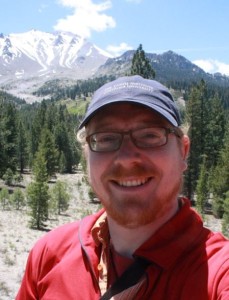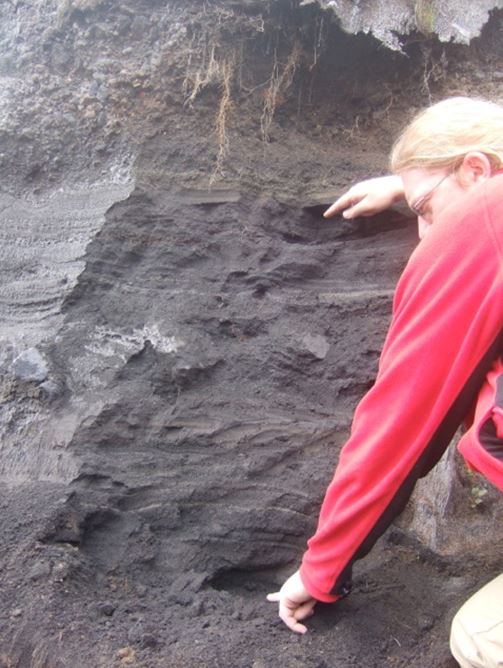 It’s pretty busy inside of a volcano!
It’s pretty busy inside of a volcano!
Philipp Ruprecht, professor at Columbia University’s Lamont-Doherty Earth Observatory, is figuring out how they function.
Philipp Ruprecht is an assistant research professor at Lamont-Doherty Earth Observatory of Columbia University. He received his Ph.D. from the University of Washington, where he studied magma mixing, both by observing natural systems and through numerical modeling. He arrived at Lamont-Doherty as a postdoctoral researcher, and was a Feodor-Lynen Fellow from the Alexander-von-Humboldt Foundation. In his research, Philipp combines fieldwork with petrologic and geochemical studies to understand the workings of the inner earth—especially the forces that create volcanoes.
Volcanology Studies

There are few things more magnificent in this world than watching the sun rise over a majestic volcano. Volcanoes are beautiful when they’re dormant—but dangerous when they start throwing off giant clouds of poisonous gases and car-sized bombs of rock.
The magma that fuels eruptions at big volcanoes is produced at temperatures of over 2,000 degrees Fahrenheit, more than 20 miles below, in earth’s mantle. From here, it rises buoyantly, like a deadly hot-air balloon. Up to now, conventional wisdom has had it that it takes hundreds to thousands of years for it to make its way up, and maybe (or maybe not) cause an eruption. And even if there is an eruption, it is not that deep-seated magma coming out, but overlying material, which pops like a cork from the increased pressure.

My colleagues and I think some big volcanoes may operate differently. At Irazu volcano in Costa Rica, crystals from its 1963 eruption provide clues that it took only weeks to months for magma to make the long journey—and then it emerged directly at the surface.
We can tell this because tiny crystals grow in magma as it ascends and cools, forming chemical zones. Somewhat similar to tree rings, these zones are witness to the magma’s history. We can study crystals to determine how much time they spent in the magma, and then use this concept to measure how long the magma took to travel from mantle to surface.
So, we wonder now: why do some volcanoes respond sluggishly to the recharge of magma, while others explode directly? We don’t really know yet. In ancient myth, volcanoes were underlain by the gods of the underworld, who could strike terror at will. Today, we have a much better idea of what lies beneath our feet—and, in line with the old stories, some volcanoes may in fact harbor a true highway from hell.
Read More: Earth Institute: ‘Highway from Hell’ Fueled Costa Rican Volcano

